Foxes conjure images of clever, wily animals in folklore and nature documentaries. But if you ever come across a fox, you will be wondering what they are actually like. Are foxes dangerous, or are they misunderstood creatures? They’re actually a lot different from how you imagine and how they are portrayed. Let’s take a look at fox behavior and if they pose a threat to humans.
Natural Behavior of Foxes
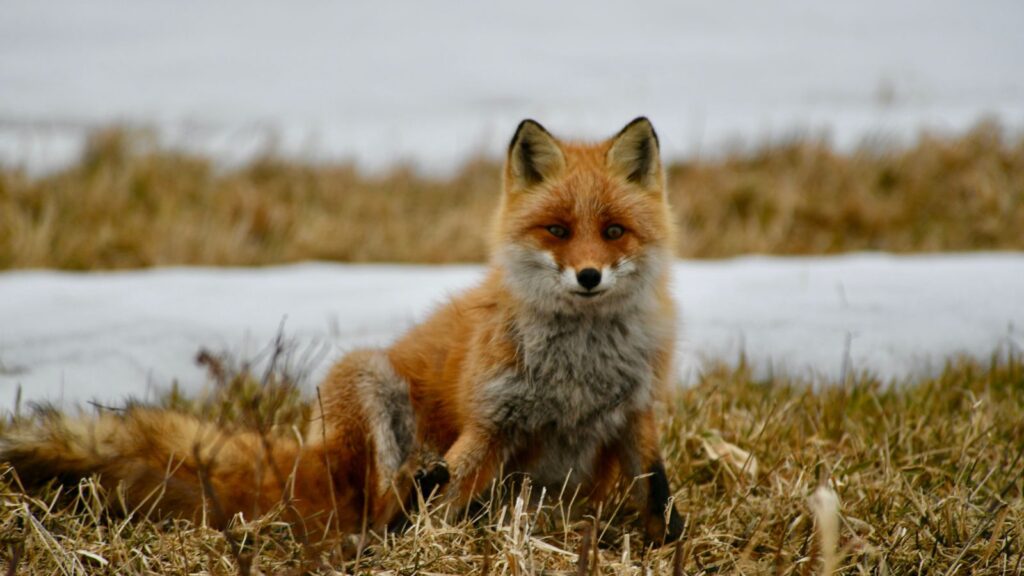
Foxes are nocturnal and spend most of their time hunting or foraging alone. Their natural instinct is to avoid humans, and when confronted, a fox is more likely to flee than engage. This behavior is a survival tactic which favors stealth and avoidance over confrontation. They’ll also run from other animals which stand their ground, including domestic cats.
Foxes as Predators

Although they are small, foxes are excellent predators, with a diet that mainly consists of rodents, insects, worms, fruit, and occasionally small birds or rabbits. Their hunting technique, which involves pouncing on prey from above, is adapted to catch small animals efficiently, and they pose no threat to humans.
Are Fox Attacks on Humans Common?
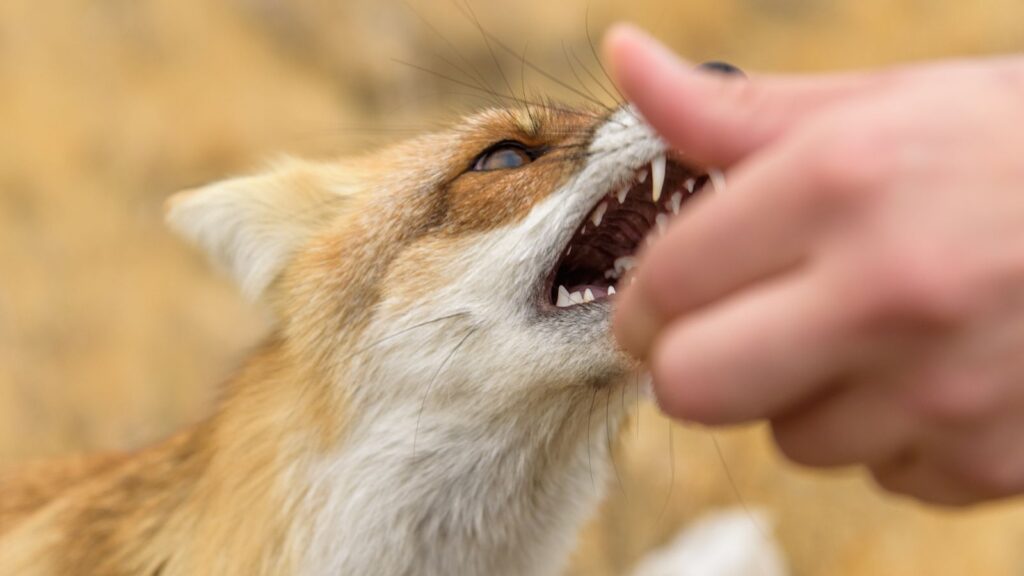
Incidents of foxes attacking humans are rare. Most foxes are wary of people and not aggressive by nature. When attacks do occur, they are often linked to foxes that are either sick or accustomed to human contact through feeding. A fox that is cornered will defend itself, so always allow it to have an escape route.
Rabies and Foxes
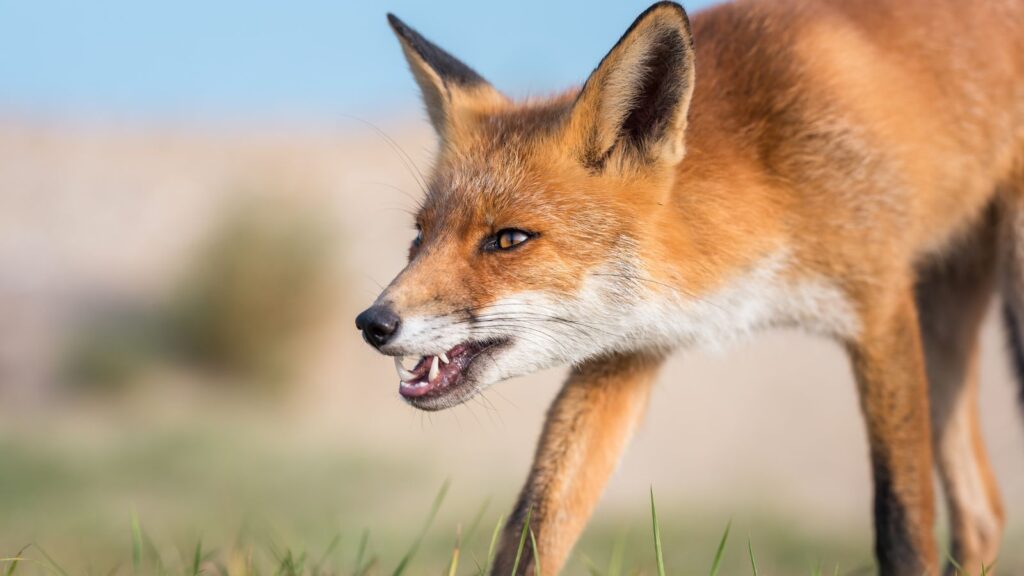
Rabies is a concern with any mammal, and foxes are no exception. In areas where rabies is common, foxes can be carriers. A rabid fox will act unusually aggressively and attempt to bite, like this fox on Capitol Hill. Rabies symptoms only present themselves in animals when they are close to death, so if you suspect rabies, do not approach the fox. Rabies can be managed through vaccination and is relatively rare in many regions, but if not treated, death is almost certain.
Foxes and Pets
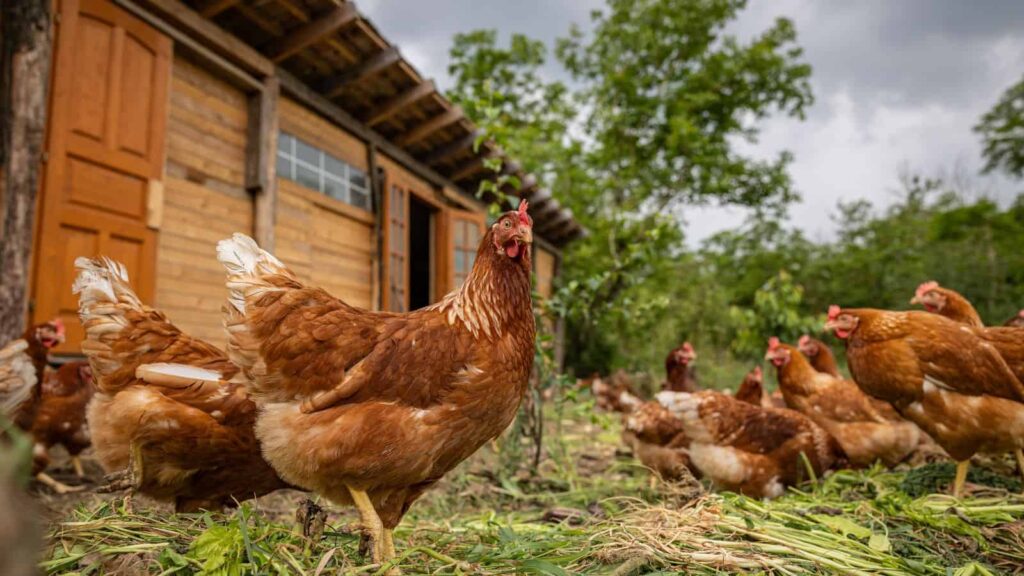
Foxes may pose a risk to small, unattended pets left outside overnight. Pets such as rabbits, chickens, and guinea pigs are prey for the fox. To protect your pets, it’s advisable to secure them in enclosures during the night, preferably inside if you know there’s a local fox.
Foxes as Disease Carriers
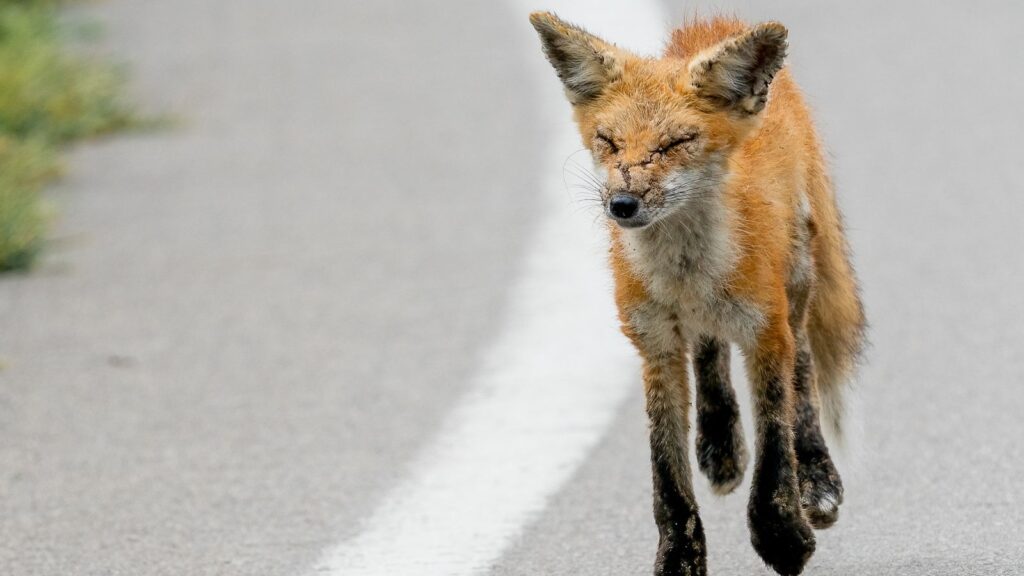
Foxes can carry several diseases aside from rabies, such as mange, which is caused by mites, and leptospirosis, a bacterial infection. These diseases rarely transfer to humans but can be expected in fox populations. Mange can be transferred to dogs, so it’s advisable to keep your dog well away from foxes.
Foxes and Livestock
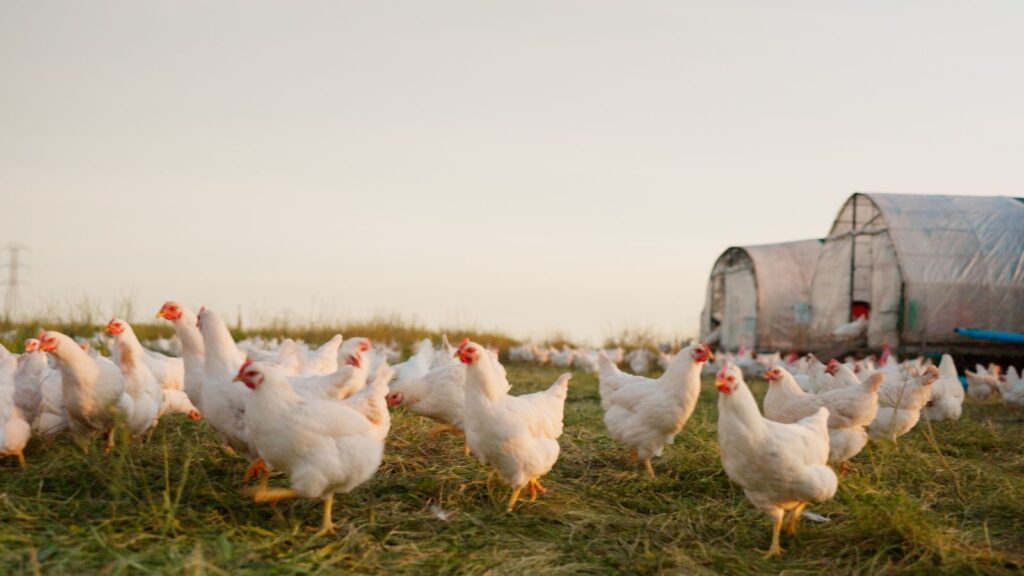
For farmers, foxes are a nuisance, especially for those raising poultry. Other small livestock can also fall prey to hungry foxes. A livestock guardian dog will alert and scare off any foxes that attempt to attack livestock. These dogs are large and intimidating for a fox, so they would certainly run away.
Should You Feed Foxes?
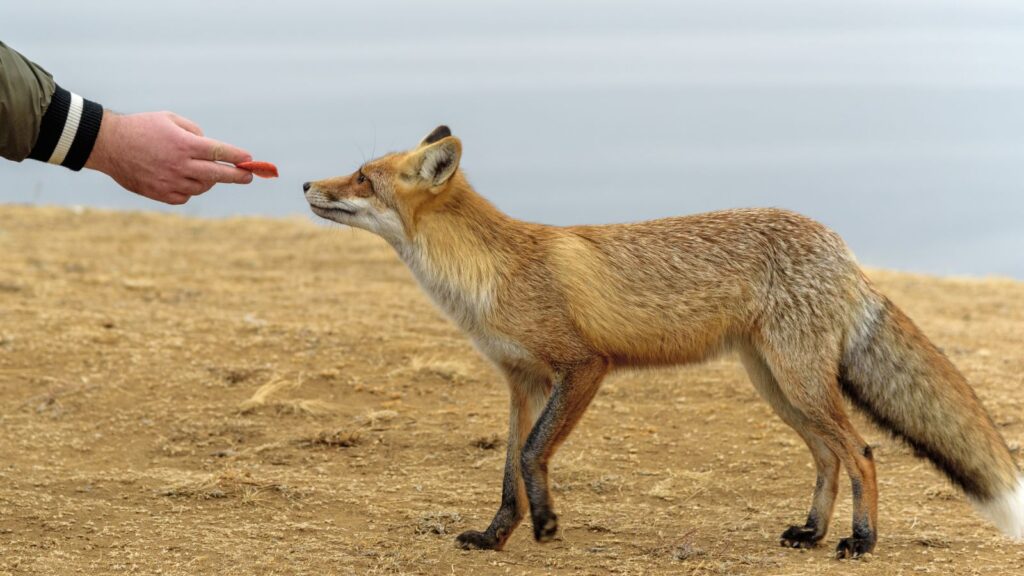
Feeding wild foxes can lead to them becoming used to humans, which increases the likelihood of problematic interactions and even aggression. It's important for the well-being of both foxes and humans that foxes remain wild and scared of human contact. Urban foxes are more likely to be fed by humans, but it’s still best to let them forage for themselves.
Foxes and Their Fear of Humans
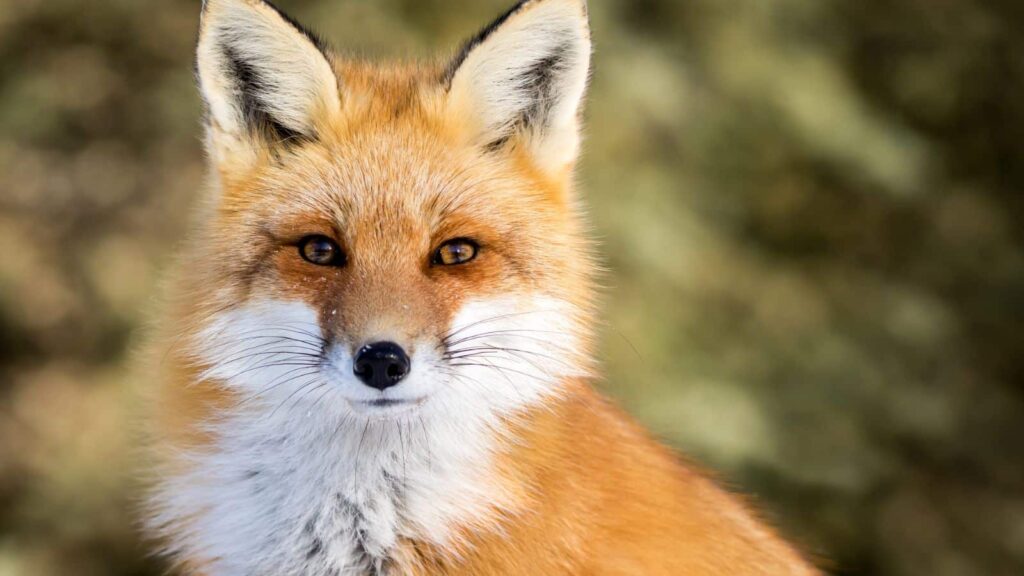
Foxes have a healthy fear of humans, which keeps interactions minimal. A natural fear helps to separate foxes and humans and also helps them to survive. Foxes are hunted in some countries, and their fur is highly valued despite attempts to stop the trade of fox fur.
Encountering a Fox in the Wild
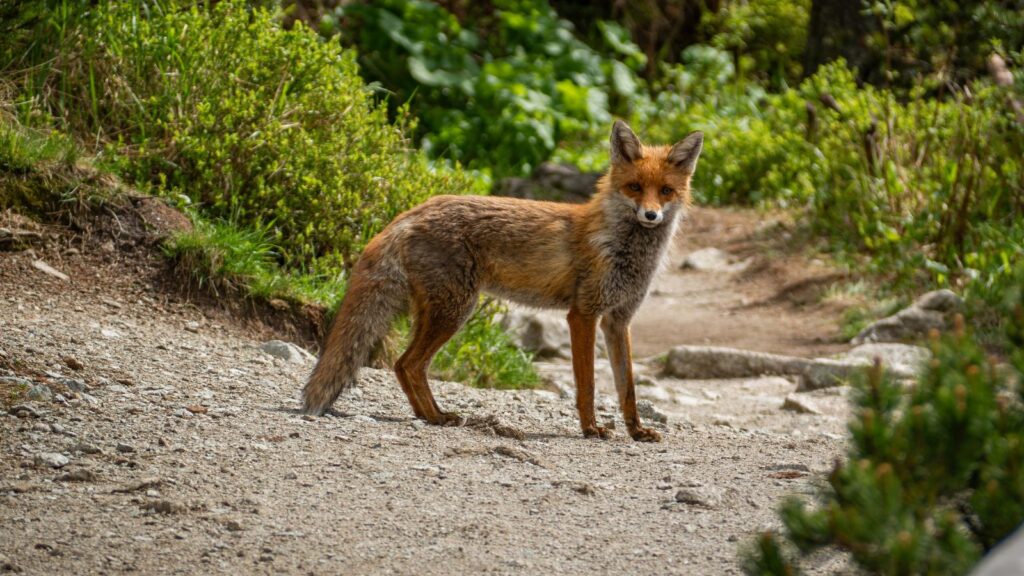
If you see a fox while out in nature, the best course of action is to observe quietly from a distance. Enjoy the experience without attempting to approach or feed the animal, respecting its wild nature and need for space. It will either run or be curious and stare, but it won’t approach you unless it thinks you’re a threat to their young.
The Role of Foxes in the Ecosystem
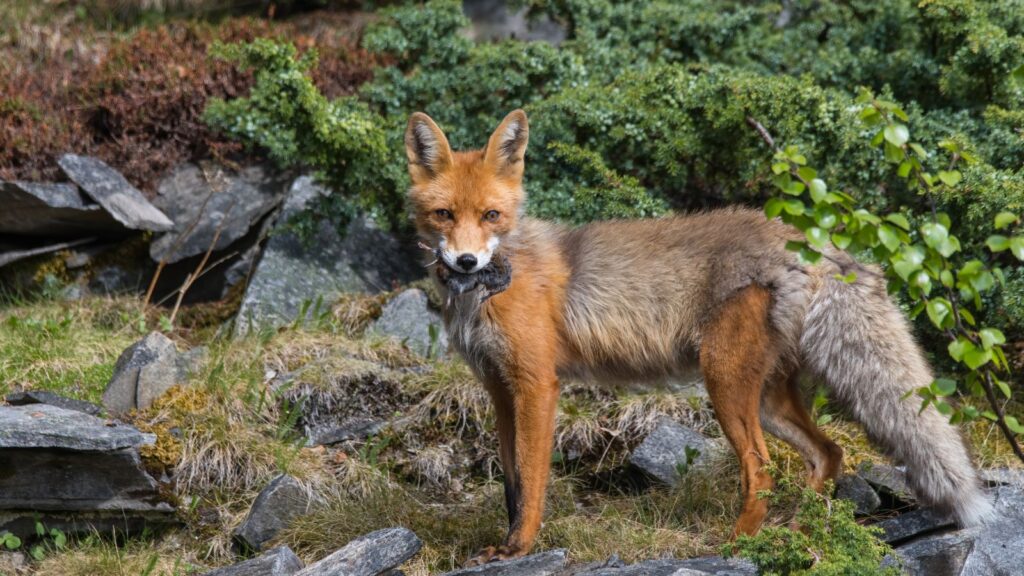
As predators, foxes control the population of rodents and other small prey, which helps keep a balanced ecosystem.
Foxes and Human Settlements
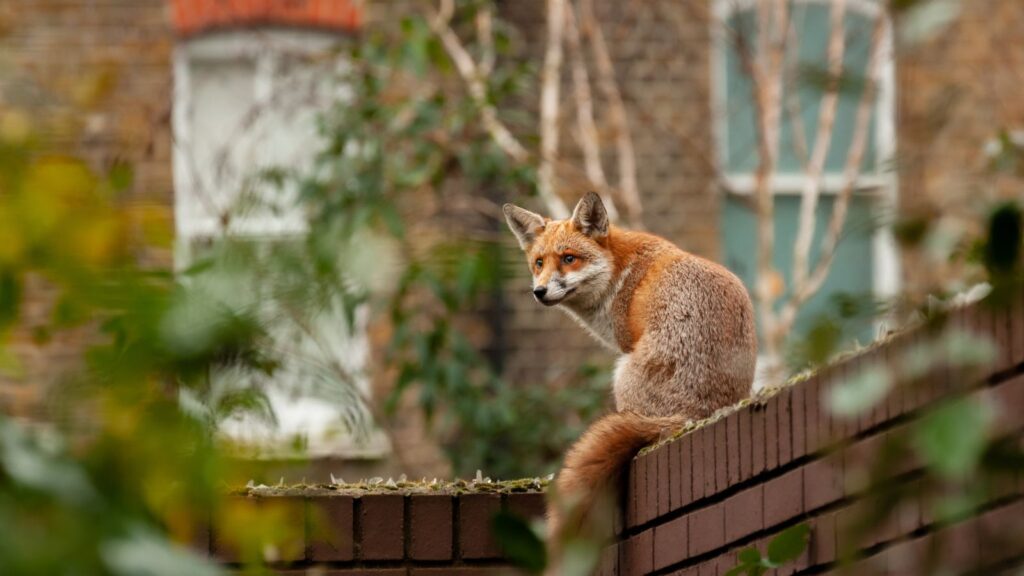
Urban and suburban development encroaches on the natural habitats of foxes, leading to more frequent sightings. Urban foxes have learned to exploit new environments, scavenging food from trash and smaller urban prey. Cities also have more food, and some foxes will migrate from the countryside to an area where they are able to feed easily.
Are Foxes Aggressive?
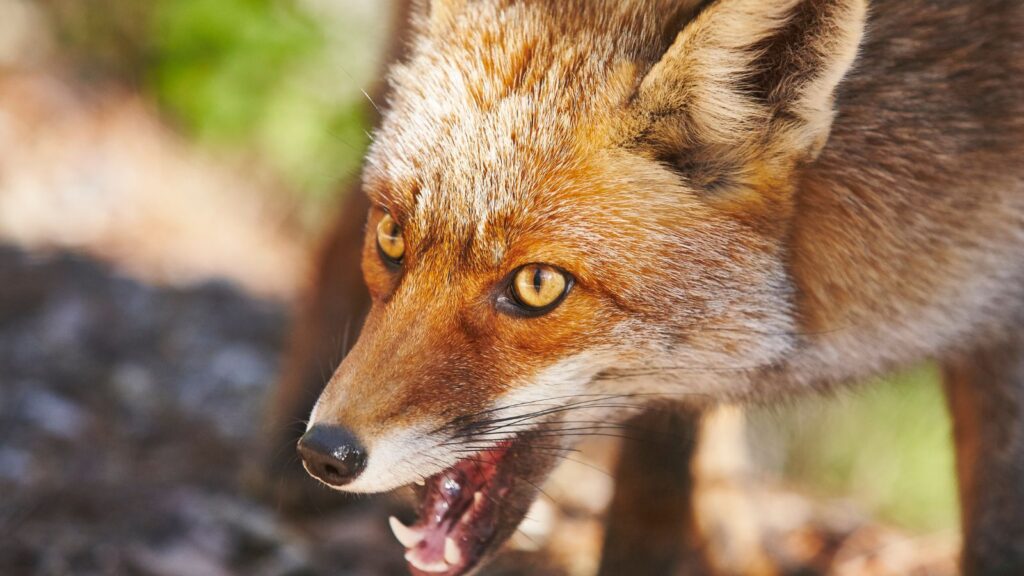
Foxes are not naturally aggressive towards humans or other larger animals. Most aggression is linked to disease, protection of their young, or because they feel threatened.
Protecting Yourself and Your Property

To discourage foxes from visiting your property, secure trash bins, compost heaps, and other potential food sources. Avoid creating habitats that might attract foxes, such as piles of wood or dense brush close to your home. If you feed other wild animals, there’s a chance a fox might take advantage and eat the food itself.
Foxes and Road Safety
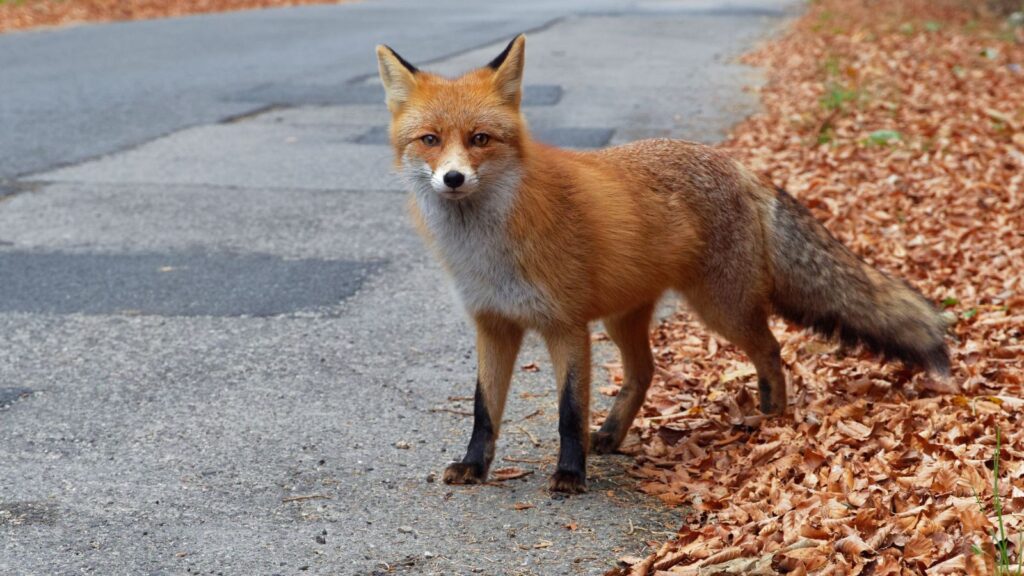
Foxes can be a hazard on roads, especially during dawn and dusk when they are most active. Drivers in areas known for fox populations should remain vigilant to reduce the risk of accidents. They are also active in urban areas in the late evening and early mornings, and it is harder to spot them as they move between parked cars as cover.
The Curiosity of Foxes

Foxes' curiosity can sometimes lead them closer to human activities, especially if they smell food. Unfortunately, this puts them at risk as farmers see them as a pest that’s a threat to their livestock and will hunt them.
Legal Protections for Foxes

In many places, foxes are protected under local or national wildlife laws. It’s important to understand these regulations before acting if you encounter a fox on your property or in the wild. It’s best to leave them alone, as they don’t have any interest in you.
Understanding Fox Behavior
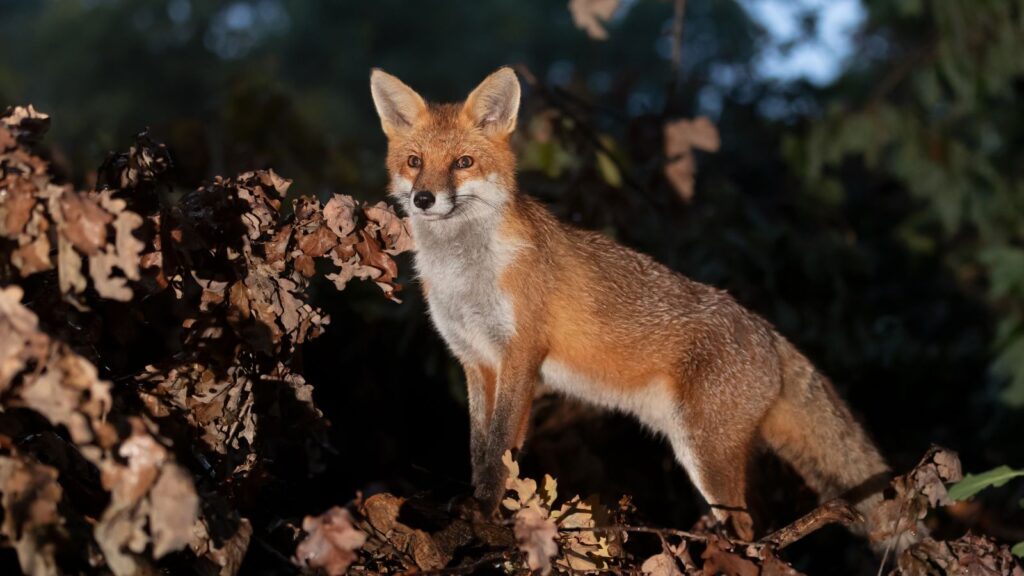
Learning about fox behavior and ecology helps people coexist peacefully with these beautiful animals. Their depictions in children’s stories have given them a reputation they don’t reserve as they are shy animals that avoid conflict. Farmers understandably distrust them, but they only act out their instincts to hunt food.
30 Traditional Sayings That Are Now Considered Offensive by Woke Culture

30 Traditional Sayings That Are Now Considered Offensive by Woke Culture
21 Habits Often Associated With Having a Lower Social Status

21 Habits Often Associated With Having a Lower Social Status
25 Social Issues Gen Z are Determined to Cancel

